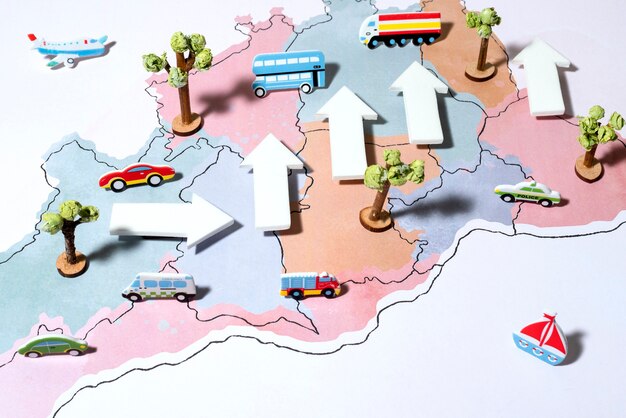
Sponsored article
The Silk Road stands as one of history’s most pivotal pathways for cultural and economic exchange, stretching across Asia and Europe. This ancient trade network not only facilitated the movement of goods but served as a corridor for ideas, religions, and technologies, profoundly influencing the societies it touched. By examining its role in uniting diverse cultures and fostering early forms of globalization, we can better understand the Silk Road’s lasting legacy on the modern world.
The Silk Road, an ancient network of trade routes, was pivotal in fostering cultural exchange between diverse civilizations like China, India, Persia, Arabia, and the Roman Empire. This legendary corridor of commerce and communication spanned thousands of miles, and along with the interchange of goods like silk and spices, it enabled the spread of ideas, beliefs, and art forms. As merchants, pilgrims, and travelers journeyed across continents, the Silk Road impact was felt far beyond mere trade, effectively becoming a vessel for cultural diffusion. Unique artistic styles, technologies, and languages traversed these pathways, which helped integrate and enrich disparate societies.
The profound influence of the Silk Road on cultural exchange is evident in how Buddhism traveled from India into Central and East Asia, altering religious landscapes and intersecting with local beliefs. The adoption of papermaking and printing from China demonstrated exchange in technological knowledge, altering education and record-keeping in other regions. By transmitting literature, philosophies, and scientific advancements, the Silk Road impact created a legacy of shared human heritage and intercultural connectivity, bridging civilizations and shaping the course of globalization.
The Silk Road was a pivotal network facilitating the exchange of both goods and ideas, serving as a conduit for trade and technology between the East and the West. This ancient trade route was instrumental in promoting economic integration, enabling the flow of commodities such as silk, spices, tea, and precious metals. Among these, silk emerged as the most prominent due to its luxurious nature and high demand in Western markets. The intercontinental commerce fostered by the Silk Road not only linked disparate civilizations but also spurred technological transfer that would reshape societies along its path. Key technological innovations, such as papermaking, the compass, and gunpowder, traveled this route, revolutionizing cultures and economic structures far beyond their points of origin.
Through Silk Road commerce, multiple cultures engaged in frequent interaction, leading to a shared pool of knowledge and technologies. Traders exchanged more than mere goods; they traded ideas and technical know-how, which led to significant advancements, including:
This fusion of trade and technology underpinned an era of unprecedented cultural exchange and globalization, creating a legacy of interconnectedness that echoes to this day.
The Silk Road, an ancient trade route stretching from the Far East to the Mediterranean, played a crucial role in early globalization by fostering interconnectedness between diverse civilizations. This vast network facilitated the exchange of goods, ideas, and cultures, paving the way for the global influence that we witness today. As merchants traveled these routes, they carried more than just silk, spices, and precious metals; they also exchanged philosophies, technologies, and religious beliefs that would shape the world’s cultural landscape. This flow of information and commodities along the Silk Road set the stage for unprecedented cultural and economic interactions.
Silk Road history is a testament to how early globalization began to weave a complex tapestry of shared human experiences across continents. It laid the groundwork for the interconnected global society we live in today, where constant cultural and economic exchanges define modern globalization. By linking distant lands through trade and communication, the Silk Road marked the beginning of an era of collaboration and mutual influence, underscoring its vital contribution to the process of globalization.